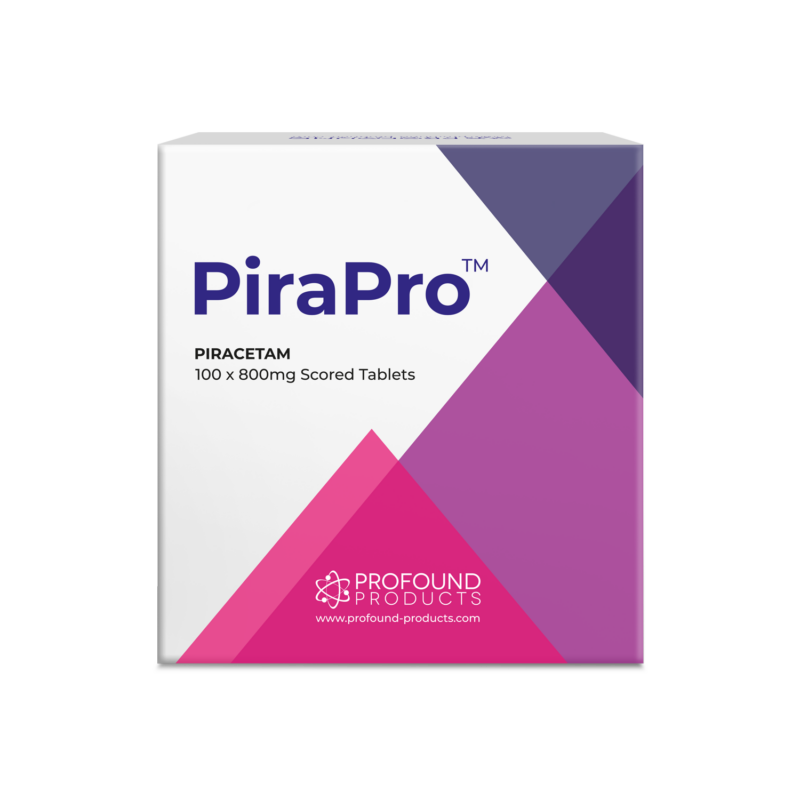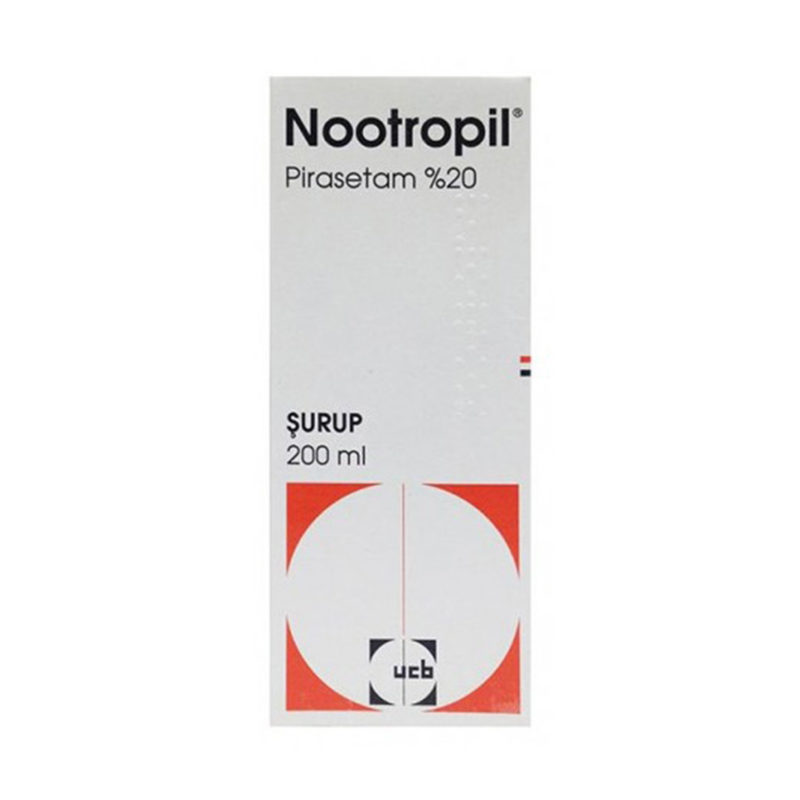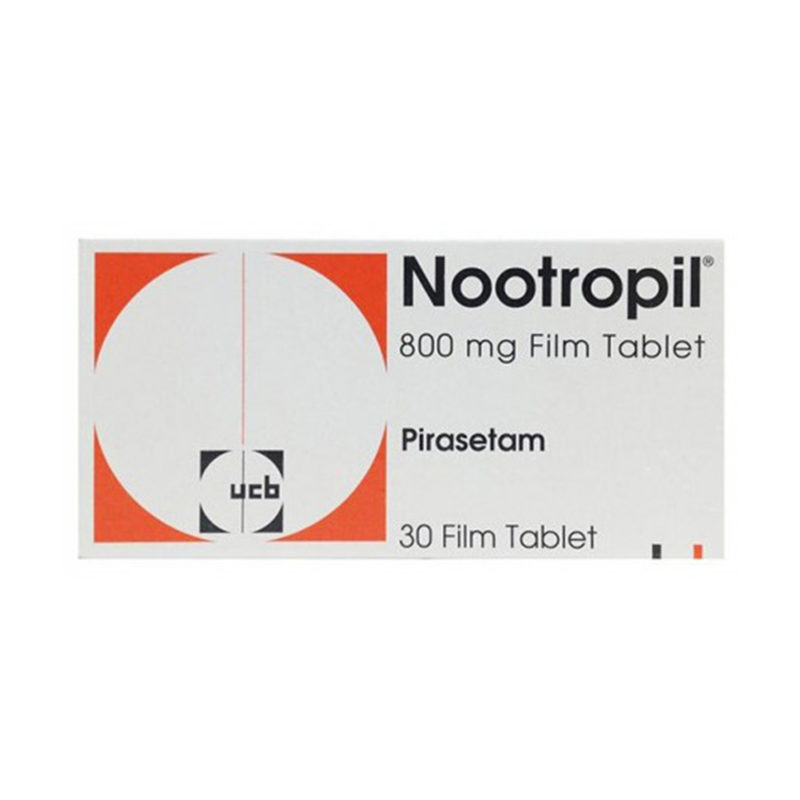The Racetam Nootropic Drugs
The racetam class of drugs have been approved in Europe since the early 1970s, yet they are still not approved in the USA, and they are unlikely to be approved in the US now since their patents have long since expired.
Some nutritional companies are attempting to offer racetams in the United States, but since they do not meet the DHSEA (dietary, health, supplement and education act) of 1994 (because they are NOT found in nature), they remain recognised as unapproved drugs. However, under FDA guidelines the individual has the right to import a 3 month personal supply of unapproved substances for their own health. In this way Americans can get legal access to this important class of drugs.
What are racetams?
-They are drugs with a pyrrolidone nucleus, originally developed from GABA.
-Some 30 have been developed, but it is piracetam, oxiracetam, aniracetam and pramiracetam that remain the main commercially available ones.
How did racetams come into being?
-They were first developed by Dr. Giurgea in Belgium in the 1960s whilst he was working at UCB laboratories.
-Dr. Giurgea developed the term ‘nootropic’ which he itemised as substances that:
- Enhance learning.
- 2. Facilitate interhemispheral flow of the brain.
- 3. Resist physical and chemical injuries.
- 4. Increase the efficacy of corticol and subcortical mechanisms.
- 5. Have an absence of negative effects.
-Although this list has since been adapted, the word nootropic (now commonly referred to as ‘smart drugs) is Greek meaning ‘towards the mind.’ However, the word ‘nous’ in Greek means ‘reasoning’ and it is beyond the concept of mere logic and interpretation, but as per Plato’s use in the understanding of both the ‘forest and the trees’ simultaneously.
Racetam toxicity and side effects
-As a class, racetams enjoy a very high safety limit with extremely low toxicity.
-The LD50 tests (the lethal dose that kills half of the test animals) would be equivilant to 700 grams for a human, which places the piracetam LD50 higher than that of salt!
-No teratogenic (birth causing defects) are known.
-Side effects are typically limited to headache, nausea, heightened sensation, sleep disturbances and over stimulation. However these are normally linked to either over dosage or concurrent combination with other drugs. There is some evidence to suggest that side effects may only present themselves when the patient has a magnesium deficiency.
Racetam uses
-The original use of the first racetam drug (piracetam) was to treat motion (i.e. car, boat) and altitude sickness.
-They are also approved to treat vertigo, epilepsy and drug dependence- particularly alcohol.
-They have also been approved to help with dyslexia, short term memory loss and even amnesia.
-They have not been particularly successful in treating dementias, although they can provide relief for such patients to assist with day to day tasks.
-The ‘off label’ uses can be described as mental clarity and idea creation; a common comment after the use of racetams is that; “the fog has lifted.”
Racetam methods of action
-Enhances brain metabolism.
-Increases ATP turnover and cAMP levels.
-Enhances phospholipid and protein synthesis.
-Improves oxygen and glucose uptake.
-May have some action on the neurotransmitters acetylcholine and dopamine.
-But overall there is little chemical change – which may be the main reason that they exhibit so few side effects. Their primary method of action is considered to be the electrical stimulation and improvement of communication across the corpus callosum– the bundle of nerves connecting the two hemispheres of the brain.
-Some have considered these two hemispheres to be Yin and Yang. The left brain being analytical, mathematical and methodical and the right brain being artistic, creative and spontaneous; naturally left brainers are right handed and vice versa. I like the T-shirt; “only left handed people are in their right minds!”
-So as racetams enhance interhemispheral communication across the corpus callosum, then ideas are more frequently turned into action/ reality.
-A test for nootropics/ racetams is the dichotic listening test; here words that are spoken into the right ear are more likely to be remembered than those spoken into the left ear. This is because the right ear is ‘hardwired’ to the hearing center in the left brain, whereas the left ear crosses to the right brain, to be connected to the left brain speech center back across the corpus callosum, and the left ear has if you will, a longer wire than that of the right. However, when users take nootropics/ racetams this advantage of the right ear word remembrance is equalled by the left ear; a confirmation of improved communication between the two hemispheres.
Racetam differences
-There are subtle differences between the 4 commercially available racetams, although in the main they are slight.
-Aniracetam, which is most popular in Japan, may according to studies have more effect on AMPA receptors.
-Piracetam and oxiracetam are water soluble and therefore are best taken on an empty stomach. However aniracetam and pramiracetam are fat soluble and best taken with food, in theory less daily doses of the fat soluble racetams are required.
-Pramiracetam is in theory the most potent when compared mg dose to Kg bodyweight. One study suggested that the optimal piracetam dose was 300 mg compared to 2400 mg of piracetam, effectively several times more potent. Although I would add that taking 1200 mg of pramiracetam for example, is not going to induce remarkable further advances, pharmacology is not a horse power race and more is not necessarily better.
Racetam doses
-Piracetam is typically taken at 2400 mg to 4800 mg daily, unusually with racetams it is better to start at the higher doses and work downward.
-Oxiracetam is typically taken at 800mg to 2400 mg daily.
-Aniracetam is typically taken at 750 mg to 1500 mg daily.
-Pramiracetam is typically taken at 300 mg to 900 mg daily.
-My general advice is to always start with piracetam, (which is also available in liquid form for children and persons who have difficulty swallowing). The reasoning is that it is efficacious for the majority, has the best long-term safety record and frankly is cheaper. If patients are not getting the results they require even after some informed experimentation with dosing, then a racetam change can be made, or additional synergistic agents added.
Racetam synergy
-Whilst changes can be made in the type of racetam being used and its dose, to affect maximum efficacy they are best taken concurrently with other smart-drug agents such as acetyl-L-carnitine, DMAE, centrophenoxine, choline or hydergine.
Racetam headlines
-It has been clear from several clinical experiments that racetams not only help individuals with cognitive ‘deficiencies’ but also healthy individuals as well- examples:
-in 1976 Drs Dimond and Brouwers gave sixteen 2nd and 3rd grade University students (who were all in excellent health) 4.8 grams of piracetam daily for 14-days and measured their verbal learning and memory. There was a significant improvement over the control group. They concluded; (I paraphrase) “the fact is that piracetam improves verbal learning and is capable of extending the intellectual functions of man- even the power of individuals who already gifted with high intelligence and good memory- onto even higher levels.”
-In 1977, Drs Giurgea and Salama confirmed these result in their test of seventeen students using 3.2 grams of piracetam daily for 5 days.
Racetam brand names
– Piracetam = Nootropil®, Nootropyl ®and Pirace-Pro™
– Aniracetam = Ampamet®, Referan® and Ani-Pro™
– Oxiracetam = Neuromet® and Oxi-Pro™
– Pramiracetam = NeuPramir®, Pramistar® and Pram-Pro™


